How to wash sashiko correctly
Sashiko is not delicate, but washing it correctly is recommended. | Tips to keep your sashiko clean and happy
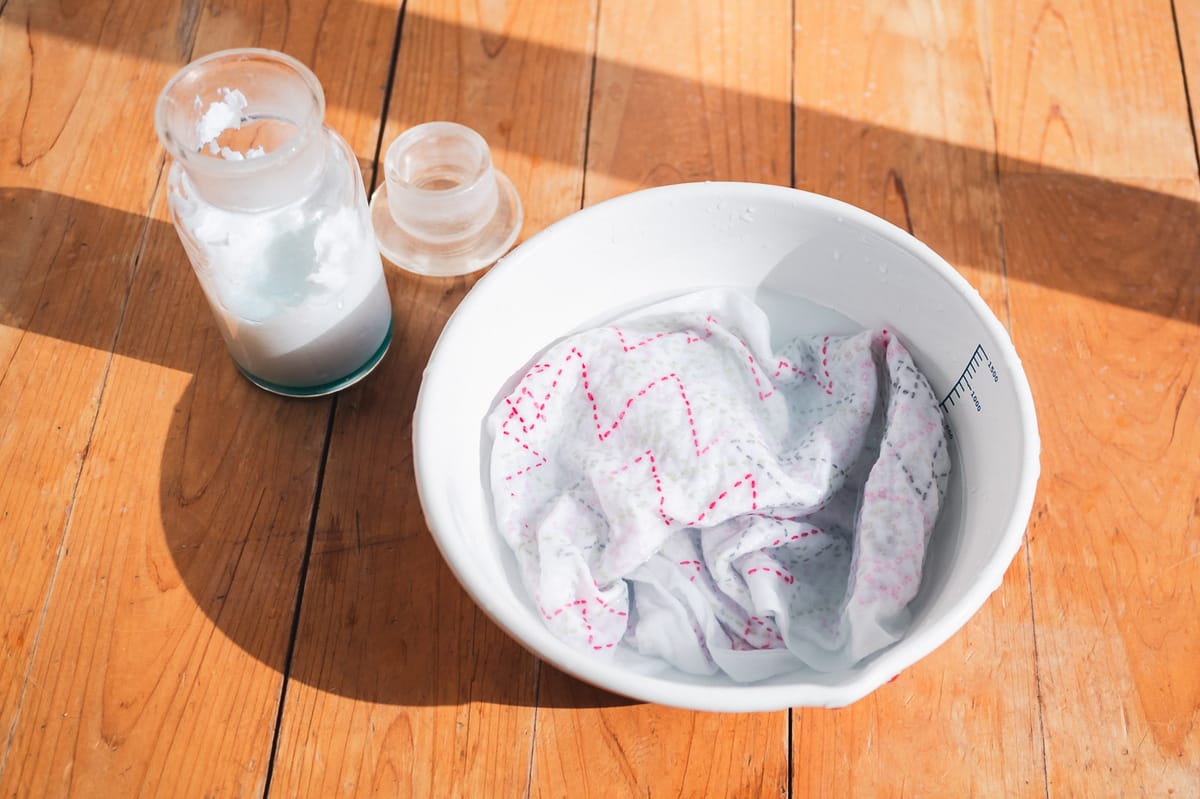
Most people who are into embroidery first and then encounter sashiko wonder how they should wash sashiko. Embroidery can easily be damaged when washed without special care, but luckily for any sashiko fans, sashiko is super tough!
Japanese embroidery itself is not delicate at all. So unless you use materials that require special treatment, you can wash your sashiko with the rest of your laundry. This is especially true if it was applied for mending purposes. Washing your sashiko will help the fabric and thread form a unit that is more durable than each on its own.
How you should wash your sashiko depends on the kind of material you stitched on and what kind of thread you used.
This page is about how to washed a finished project, here is a link if you are looking for information on how to prep new fabric for sashiko.
Hey, there!
My site contains affiliate links. So if you buy something through one of those links, you don't pay extra but I get a commission which helps keep my blog and my stitches running. Thanks!
How to wash sashiko thread correctly
Typical sashiko thread
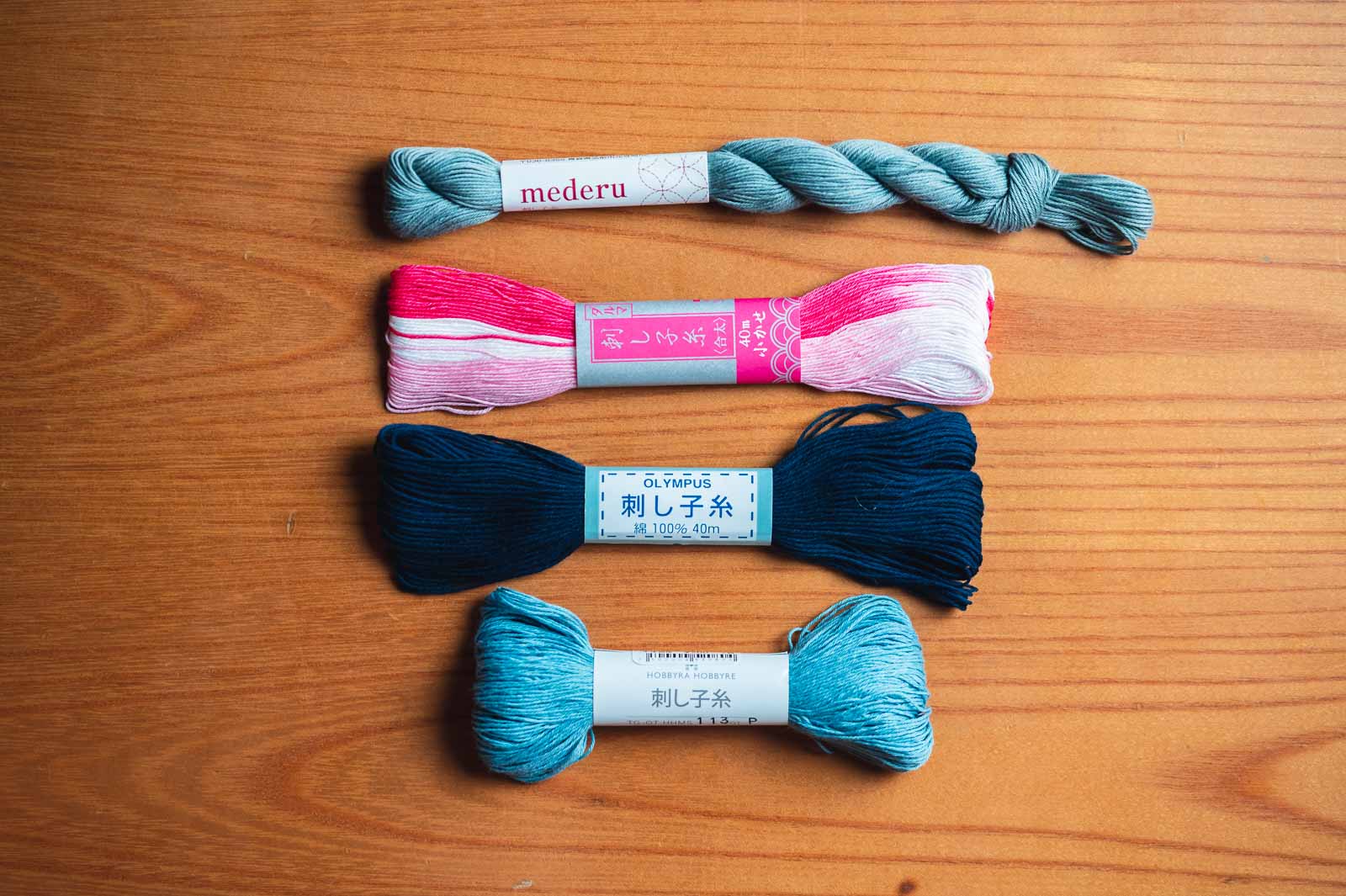
Most sashiko threads don't require any special care when you wash them. Sashiko thread is made of cotton, so even boil washing your sashiko will not alter its appearance.
You can even use a dryer for convenience. I avoid using a dryer not because of any damage my sashiko may receive but because of the environmental damage it incurs.
Of all the threads I've used, Itoroku and Daruma are my favorite so far. Sadly, Itoroku is not available outside of Japan (yet), but Daruma is!!
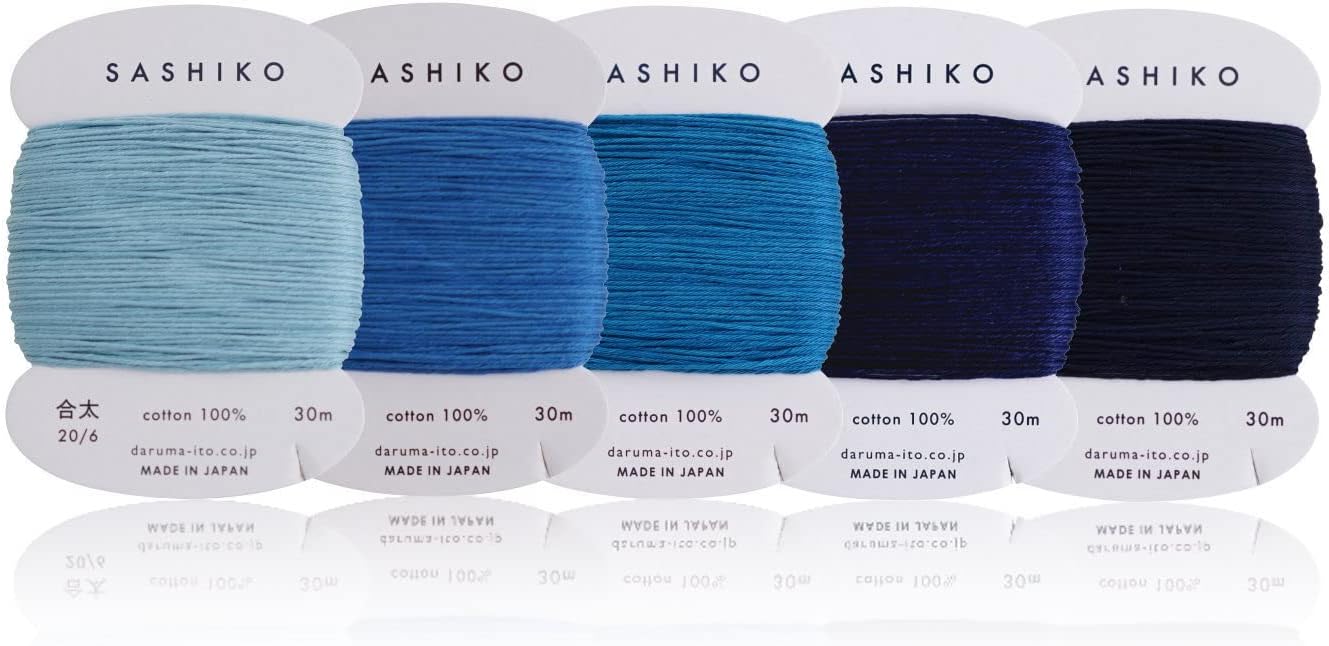
Sashiko thread by Daruma
Some of the best thread I've ever used. Daruma thread colors don't bleed when washed.
Natural dye thread
Special care for sashiko thread is only needed when the thread was dyed using botanical dye. In this case, washing your sashiko at high temperatures or using an aggressive detergent may cause the colors to fade or even bleed.
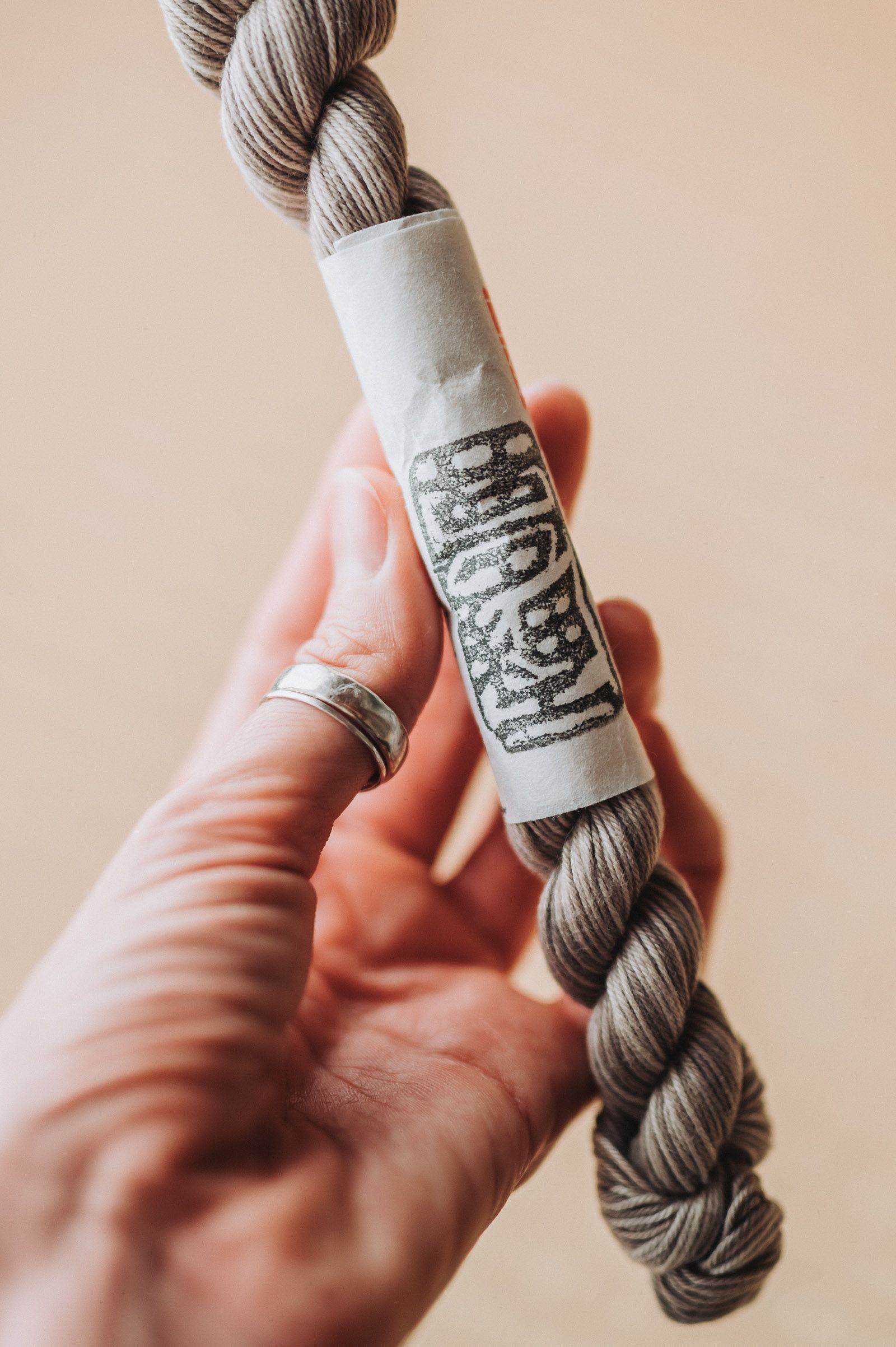
Non-sashiko thread
If you use any other than sashiko thread for your projects, just check the label for any washing instructions. Always wash according to the washing instructions of the most sensitive of all parts of your project to make sure you can enjoy your sashiko for as long as possible.
How to best wash sashiko fabric
Traditional sashiko fabric was usually hemp fabric dyed with indigo. Today, cotton and linen are the most commonly used fabrics for sashiko and they are readily available in many different colors.
Both of these fabrics can be machine washed, but depending on the type of dye, you may want to use a mild detergent instead of your usual alkaline detergent.
Linen becomes easily damaged when soaked for too long. Try not to soak for longer than an hour.
Indigo fabric
If you use indigo fabric, make sure you wash your sashiko with the needed care:
Wash separately in cold water using a mild detergent. Don't rub or soak to avoid uneven colors.
After washing, hang the fabric to dry in the shade, preferably inside out or with the wrong side facing up. Indigo fades quickly if left to dry in the sun, so unless you're after a faded look, avoid direct sunlight.
Natural dye fabric
Unless your fabric comes with any special instructions, wash according to the instructions for indigo fabric. Indigo is also a natural, botanical dye, after all.
If you want to preserve the colors for as long as possible, you can always wash your sashiko by hand and keep the washing time to a minimum.
Kakishibu or persimmon is very common for dyeing thread in Japan. This thread probably sells out soon, but I'll put the link here anyway. Sorry if it's already gone when you see the link!
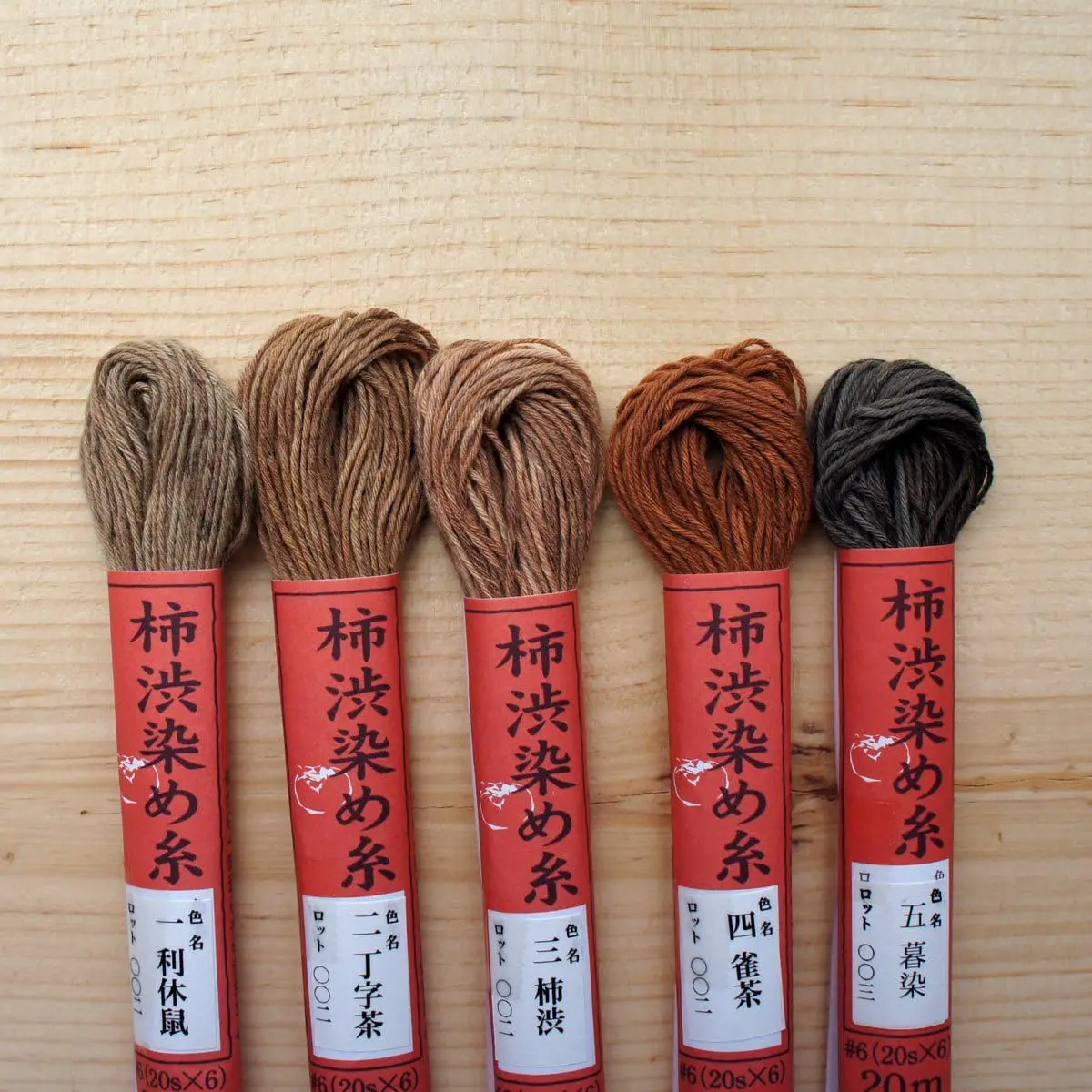
Persimmon Thread by Fujix
Kakishibu has a mold-repelling effect and is used as wood impregnation or fabric dye.
Synthetic dye cotton or linen
If you choose a fabric that is dyed with non-natural dye, you don't have to be very careful when choosing a detergent or the right temperature.
Choosing synthetic dye fabric may be a good idea for any garments that will have to endure a wild lifestyle exposing them to a lot of staining or direct sun.
Other fabrics
For any other fabrics, just adhere to the washing instructions. If you can't find any instructions but want to be on the safe side, you could inquire at a local laundry service near you.
I usually just choose a mild detergent and wash on the cold cycle. Any garment that doesn't survive this treatment, is not meant for me.
But if you have a keepsake that is very dear to you, I recommend you ask a professional.
How to get rid of stubborn stains on your sashiko
If you want to remove stains from your sashiko that didn't vanish by simply washing it, oxygen bleach may be a viable option. If your garment is made from cotton or linen, you're good to go!
Just keep in mind that some colors, especially ones from natural dye, may fade.
If your sashiko happens to be stitched with white thread on white fabric, you can even use chlorine bleach to get rid of obnoxious stains.
Dyeing is a great option if bleach didn't get rid of your stain completely or if you cannot use bleach for whatever reason. Depending on the stain, you'll have to choose a rather dark color or even black to make a stain completely invisible. But it is a fun way to appreciate sashiko in a new way.
Not all dyeing will end up in your stitching having the exact same color as the fabric. But even if the stitches end up the same color, sashiko can look very distinguished if it isn't as obvious.
If the options above don't appeal to you, boro-style stitching may be something you can resort to. Find a piece of fabric to your liking and sew it on top of the stain with some additional sashiko. You can use the same stitches that you used before or you can add another pattern on top. It's completely up to you!
Mending sashiko this way has a long history and is what sashiko was originally intended for or rather how it came to be in the first place.
How to keep your sashiko smelling nice
Sashiko can take its time to dry, especially if you stitched several layers together. If you live in a humid environment, this may cause your sashiko to start smelling.
To avoid unwanted odors, make sure you hang your stitched cloth to dry as soon as the washing cycle ends.
To get rid of any weird smells, just put your sashiko in a pot with enough water to cover it and boil wash it for several minutes.
If you want to be on the safe side, you can add some oxygen bleach after you turn off the stove and let the hot water cool down a little. Let sit for another 10 to 15 minutes for extra cleanness.
Using softener can cause sashiko to start getting smelly more easily. So if you fancy a nice fragrance, store your sashiko with some dried lavender flowers. Or you could put a little essential oil on baking soda and keep it together in your closet or drawers.
I use this essential oil when I run out of lavender flowers:
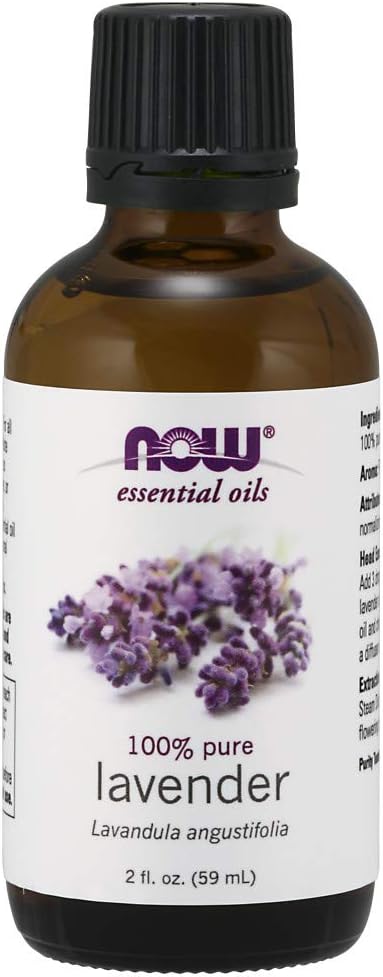
Now Essential Oil (lavender)
This lavender oil keeps all fabric in my house smelling nice. On top of that it keeps me calm and helps my sleep. Best rating on Amazon.
I know it's boring advice, but washing out stains right away can save you a lot of work later.


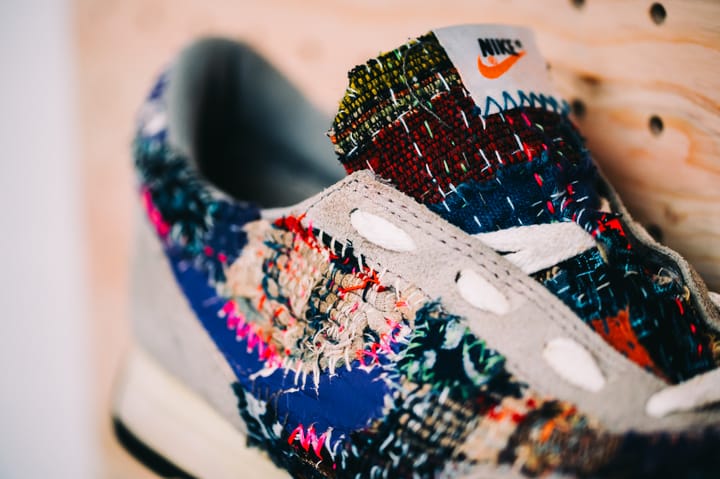

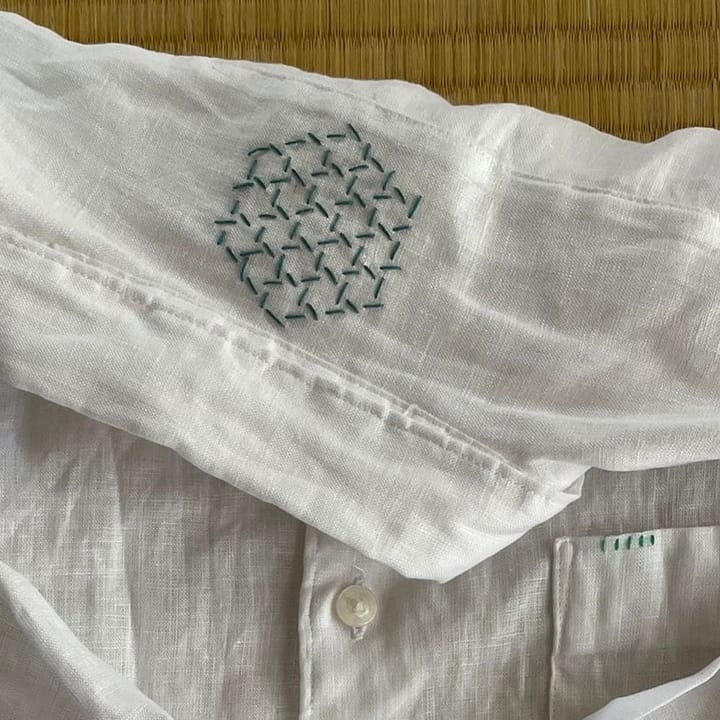
Comments ()